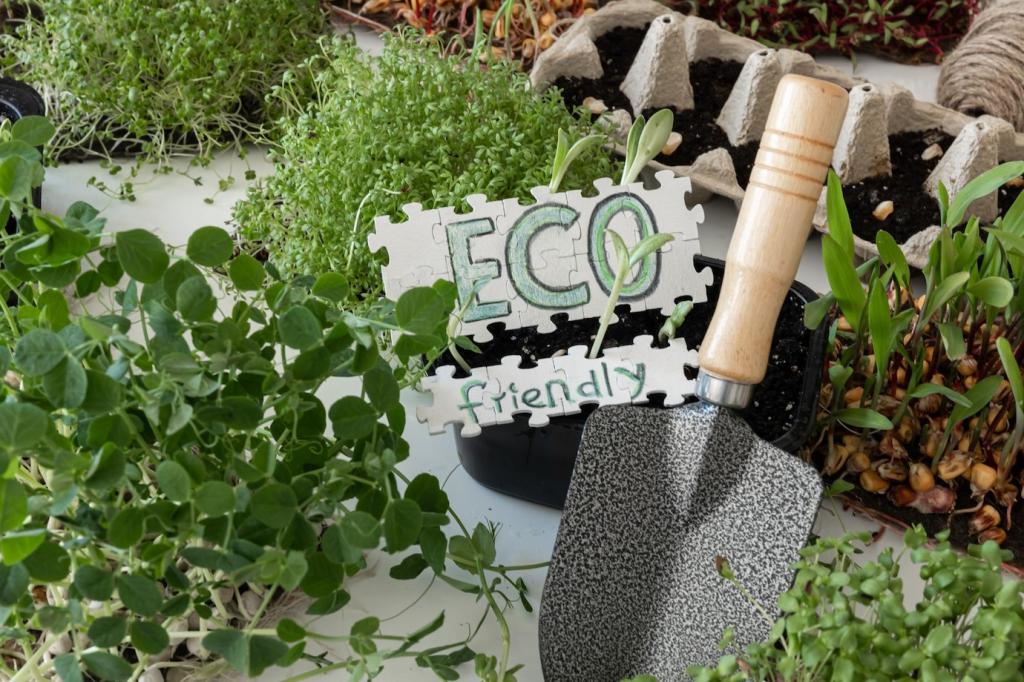Safer Choices Without Sacrificing Results
Independent certifications, such as EPA Safer Choice or EU Ecolabel, signal formulations screened for human and environmental health criteria. Pair these with transparent ingredient lists to avoid vague claims. If a brand discloses full compositions and testing data, that accountability usually foreshadows cleaner environmental performance.
Safer Choices Without Sacrificing Results
Watch for high-VOC solvents, persistent synthetic fragrances, and certain quats in everyday formulas. Newer surfactant systems and fragrance-free options often clean just as well with fewer downstream effects. When in doubt, choose products with clear biodegradability data and minimal hazard statements on the safety sheet.
Safer Choices Without Sacrificing Results
Simple blends—like diluted mild soap—can handle many furniture surfaces. Avoid mixing acids and bleach, or combining ammonia with chlorine, which can release dangerous gases. Always spot test on hidden areas, follow manufacturer care tags, and keep homemade solutions properly labeled to prevent accidental misuse.







